According to the Radio Advertising Bureau, Americans spend about ten hours per week listening to the radio, depending upon their age. Its portability, coupled with its ability to segment listeners by their program tastes, has contributed to its long-standing popularity.
There are over 15,000 AM and FM radio stations in the U.S., with about half of them using PSAs on a regular basis. However, before mailing PSAs to stations, there are a variety of details you should consider when preparing your campaign plan. Some of these include:
- Establishing a budget for getting your radio PSA package produced, designed, replicated, and mailed.
- Deciding how you intend to produce your PSAs – whether you will hire an independent producer, having them produced by your advertising agency, or producing them internally.
- Selecting an experienced radio PSA distributor. They should present a plan to target stations that reach your primary and secondary target audiences; show samples of packaging that will attract the attention of public service directors; develop a timeline for getting various packaging elements designed, printed and mailed and discuss how they intend to evaluate campaign impact.
Establishing a Budget/Selecting Material Formats
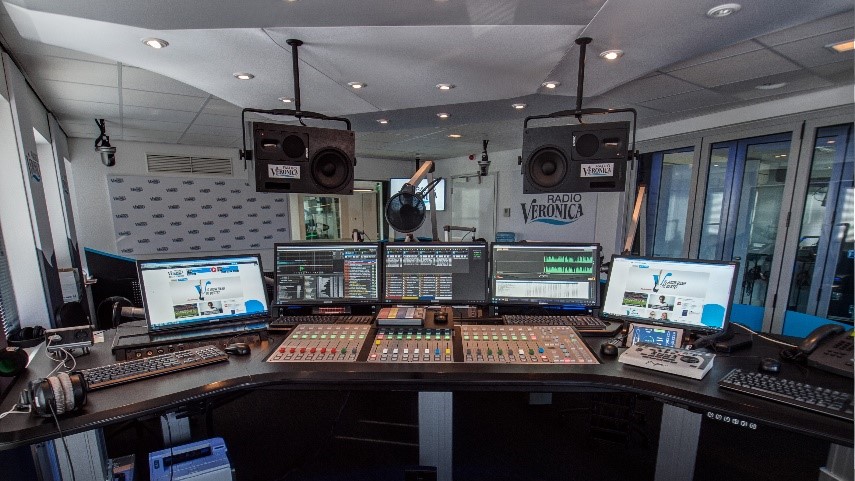 Your radio budget will depend largely upon who your producer is, the talent you use (famous names obviously cost more unless you can get them to do it pro-bono), and whether you use original or library music.
Your radio budget will depend largely upon who your producer is, the talent you use (famous names obviously cost more unless you can get them to do it pro-bono), and whether you use original or library music.
However, there are a few guidelines you can use to determine how much money you need to allocate for a professionally executed radio PSA campaign.
“Your radio production must be even better and more creative than television, because you don’t have visual images, you have to create them with words and sound effects.”
“Since radio is not a visual medium, it is important to put a lot of thought into the creative message,” points out Roger Vilsack, an award-winning producer with more than 25 years of experience in the medium. “Your radio production must be even better and more creative than television, even though you will spend a lot more on TV production. Because you don’t have visual images, you have to create them with words and sound effects,” Vilsack says. While a lift of TV sometimes works, “a good TV spot shouldn’t work in radio,” Vilsack points out, because they are completely different media.
He also advises to get the very best talent possible for your radio production “because your radio spot is going to depend upon people who don’t just read the copy, but who can act it out.”
Format/Length Flexibility
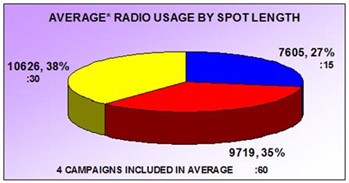 One of the most frequently asked questions regarding radio PSAs pertains to the lengths that should be produced.
One of the most frequently asked questions regarding radio PSAs pertains to the lengths that should be produced.
As with all PSA messages, the more flexibility you can offer the media, the greater chance of getting your PSAs aired. Try to offer at least three different lengths – :15, :30 and :60 and make sure you provide both recorded and live copy.
Also think about producing messages for different audiences, i.e., Country & Western, Middle-of-the-Road African American and Spanish. The more that your radio PSAs match the program format of the station, the better chance they will be used.
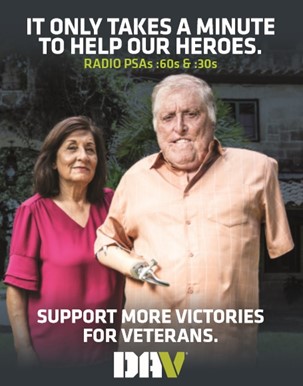 The next decision you need to make is the type of radio packaging you want to use to send materials to stations. CDs have become the standard for music and radio programming, but there are a wide variety of different packaging concepts that can make a big difference in the amount you budget for radio distribution.
The next decision you need to make is the type of radio packaging you want to use to send materials to stations. CDs have become the standard for music and radio programming, but there are a wide variety of different packaging concepts that can make a big difference in the amount you budget for radio distribution.
To minimize postal costs, we recommend packages that conform to the Postal Service’s automated handling equipment. The package we typically use is called a FlexMailer. It has a four-color cover and inside is the CD, and the evaluation response card.
Distribution/Promotion
Our typical radio distribution plan is 3,000 stations comprised of various radio program formats and about 200 radio networks.
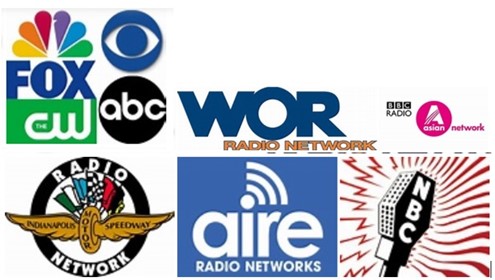 For radio we are still in a transition between hard copy and digital distribution, but for those stations that are willing to download radio PSAs, we must alert the media to the download platforms where the messages are posted. To accomplish this task, we use blast emails and hard copy direct mailers such shown here.
For radio we are still in a transition between hard copy and digital distribution, but for those stations that are willing to download radio PSAs, we must alert the media to the download platforms where the messages are posted. To accomplish this task, we use blast emails and hard copy direct mailers such shown here.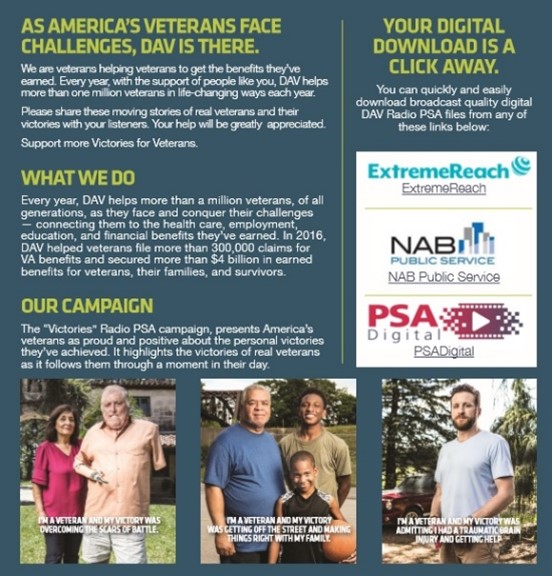
Tips to Reduce Costs
Since you can place up to an hour’s worth of programming on a CD, you should try to use as much of the capacity as possible. Following are some tips to think about:
- Put all different types of PSAs on a single CD, even though they are aimed at different audiences. There are many stations on our borders with Mexico which may use both English and Spanish PSAs and African American stations may use both those directed towards their audiences, as well as those that are “Middle-of-the-Road.”
- However, if you use this packaging tactic, be sure to use photos of minorities in your external package design to demonstrate inclusion.
- Another idea is to put two to five-minute audio pieces – often referred to as ANRs (Audio News Releases) on the CD. You are going to pay the same amount of money to produce and distribute the package, so the more value you can create from it, the better it will serve your interests.
Materials To Supply
Regardless of the packaging concept, there are several different things you need to provide your distributor. First, if you are providing camera ready artwork, then you need to provide art for all collateral pieces on a disk with all native files, including fonts, art and a printout of the artwork. You should check with your distributor to see what types of art files are acceptable by the vendor doing the packaging and replication.
If your distributor is producing the artwork, you will need to provide:
- Copy for letter to public service director on your organization’s letterhead
- Logo with color breaks and PMS colors for logo
- Signature of person signing letter in black ink (felt tip pen preferred)
- Copy for live announcer scripts, as recorded scripts, and facts on client issue or organization (preferably a Word document file)
Evaluation
It is important to evaluate the impact of your radio PSA.
- First, it serves as feedback on where your PSAs are getting used (geographically), as well as what types of audiences you are reaching by analyzing the station formats where PSAs were aired
- Secondly, it helps justify the cost for producing and distributing subsequent campaigns because management will be able to see in specific terms what they received in return for their investment
There are a variety of evaluation techniques that can be employed to provide usage data on radio PSAs, including telephone surveys, analyzing phone calls when toll-free numbers are used in the PSA, and the most used technique, which is the bounce-back card.
The BRC is inserted into the package with other materials mailed to stations and should include a postage-paid indicia on the reverse to maximize response rates. The quality and response that you get will largely be determined by how well the BRC is designed.
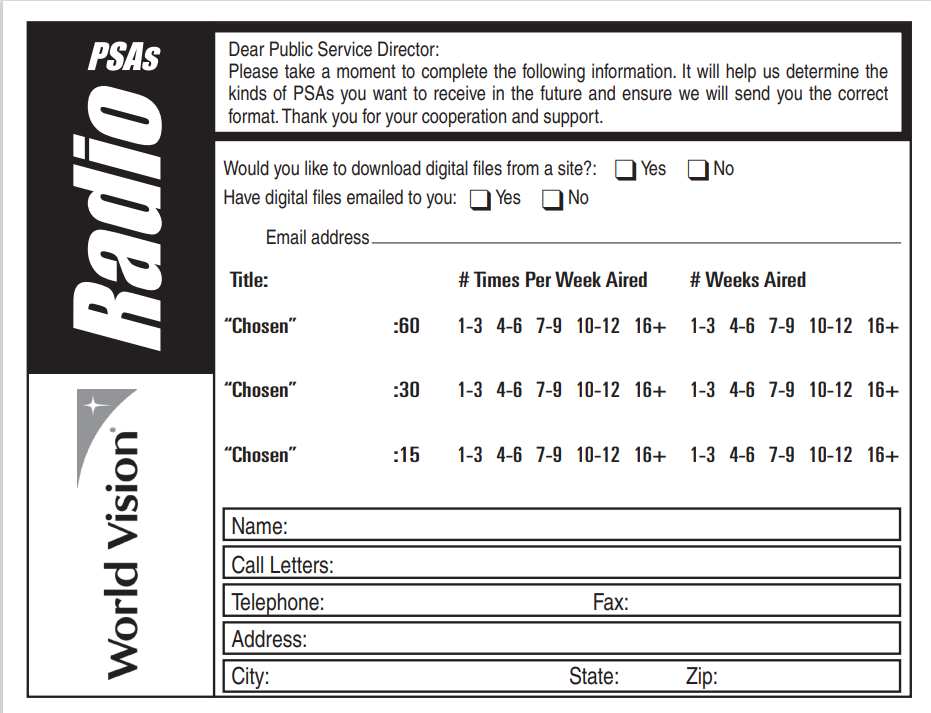 Open ended questions where stations can provide subjective, or vague feedback, should be avoided, because the evaluator must interpret what stations mean by “TFN” (Till Further Notice), “ROS” (Run of Station) and other meaningless comments.
Open ended questions where stations can provide subjective, or vague feedback, should be avoided, because the evaluator must interpret what stations mean by “TFN” (Till Further Notice), “ROS” (Run of Station) and other meaningless comments.
To obtain fairly accurate and meaningful usage data, we design questions that ask stations to provide very specific data that is necessary to provide meaningful usage reports. The critical pieces of information that are needed include: what spot length was used; how often (number of times per week; and what time frame (number of weeks). To make it easy for stations to complete the BRC, we use a design where stations can simply circle frequency and duration of usage. In addition to usage data, other information that should be on your response card includes spaces for providing the name of public service director, station call letters and format of the station.
Your evaluation reports should provide the standard type of feedback on usage, i.e. name of station, format, number of plays by spot length, estimated dollar value and gross impressions with a user-friendly recap of these statistics.
To summarize, radio PSAs can be one of the most cost-effective mass communications techniques you can employ to get your message out to both general audiences and discrete populations.
Radio PSAs offer flexibility; they permit you to reach audiences out-of-home; they are comparatively inexpensive; and they provide a good return on investment. However, to maximize your return, like any other mass communications tool, you should establish objectives and develop a thorough plan for your campaign.


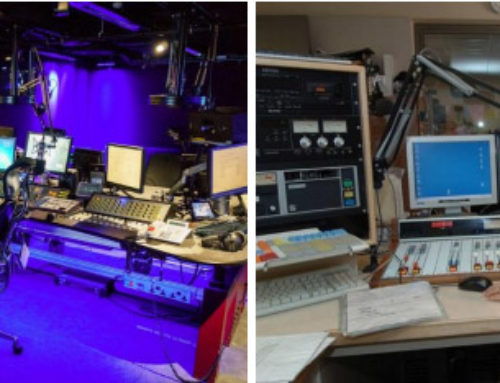

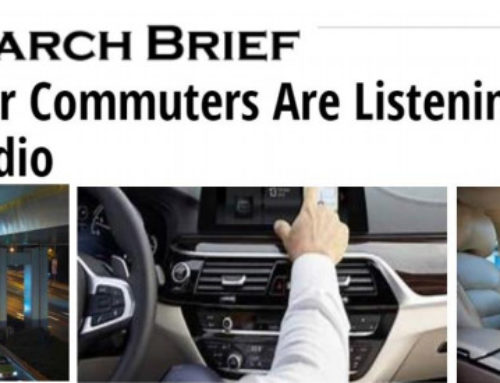
Leave A Comment